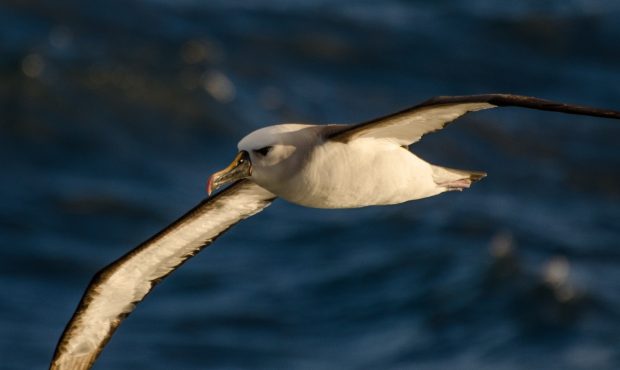
When we look at marine reserves around the world, it is perhaps inevitable that many of them surround small island nations and territories who may struggle to take on the challenge of managing vast and remote oceans. Remote, of course, to us – not to them.
You don’t need to tell these people about the importance of protecting the marine environment. They know. Their lives depend on it. They’re the ones out in small boats, subsistence fishing for their families. They’re the ones cleaning up the plastic on their shores, which has often come on the currents after being dumped by large ships, many of them engaged in illegal, unreported and unregulated (IUU) fishing.
As part of an ambitious programme to combat these challenges, the UK Government established its Blue Belt Programme in 2016, to provide long term protection of over four million square kilometres of marine environment across the UK Overseas Territories by the end of 2020.
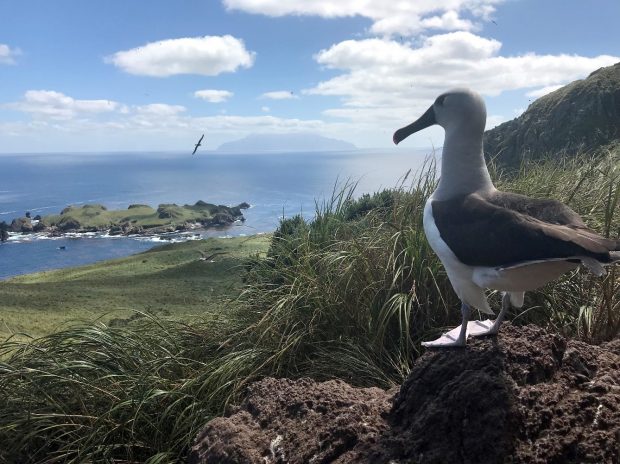
Tristan da Cunha is the world’s most remote inhabited island. It is home to around 250 people, and is 1,500 miles from its nearest neighbour (St Helena) and a week by sea from Cape Town, the only way to reach the main island. Two of the archipelago’s islands, Inaccessible and Gough, form a World Heritage Site. The fourth main island, Nightingale, is home to many endangered species, and is currently combating an invasive insect which threatens unique flora. Gough is also engaged in a long-term plan to eradicate mice which prey on the chicks (and, indeed, adults) of the critically endangered Tristan Albatross. Within its waters are important nurseries for blue sharks and extensive kelp forests. The islands offer crucial breeding areas for Northern Rockhopper Penguins (recent winners of the Seabird World Cup!), as well as yellow-nose and sooty albatrosses and many other seabirds.
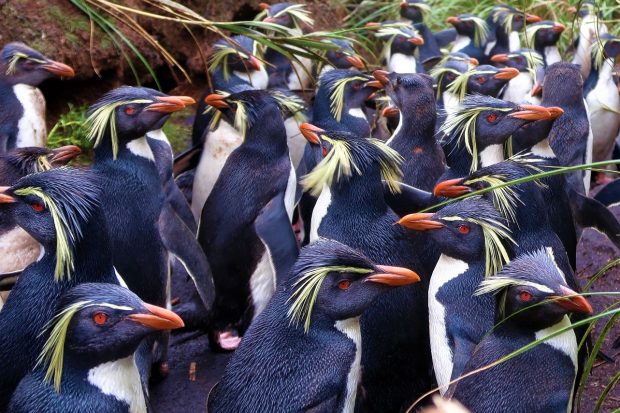
The islands’ principal source of income is from a sustainable lobster fishery, which produces the best lobster in the world from its pristine seas. Other activities are mainly subsistence fishing and farming.
Tristan was proud to sign up to the Blue Belt Programme. The The Foreign, Commonwealth & Development Office (FCDO) and the RSPB worked with stakeholders at a workshop in 2017, to start plans for the development of a Marine Protected Zone in Tristan’s 750,000 km2 Exclusive Economic Zone.
Now, after exceptional efforts by all those involved, we are happy to join the other UK Overseas Territories who set off down this path, by announcing the establishment of the Tristan da Cunha Marine Protected Zone (MPZ), the largest fully-protected marine reserve in the Atlantic Ocean.
An area of 688,628 km² - 90% of Tristan’s Exclusive Economic Zone - will be legally closed to all extractive activities (fishing, mineral and hydrocarbon extraction). This will entail protection of all the offshore waters except for an area of 50 nautical miles around the islands of Tristan da Cunha, Nightingale and Inaccessible, an area of 40 nautical miles around Gough, and a combined area of 11,000km² above the 3000m depth contour of the four major seamounts (placing 14% of this seamount area into full protection). Tristan will retain full ability to sustainably fish current and future stocks in these excluded areas, in compliance with the Tristan da Cunha Council’s decision not to permit bottom-trawling.
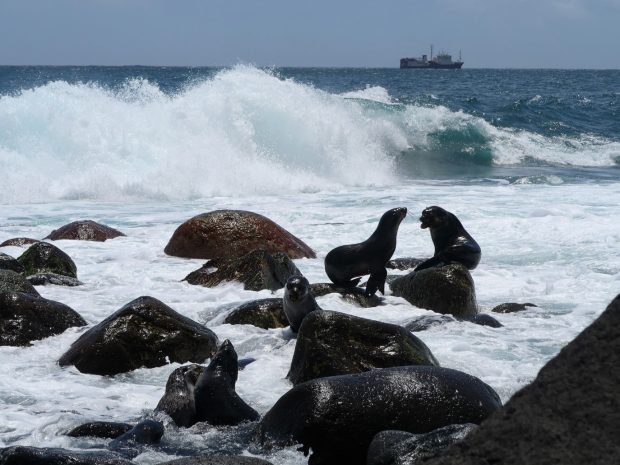
This has not been easy. Tristan’s remoteness and scarce resources mean that we have needed help from the Marine Management Organisation (MMO), Centre for Environment, Fisheries and Aquaculture Science (Cefas), the Blue Belt and our RSPB partners, among others. In particular, Cefas and the MMO have supported us in drawing up the Marine Management Plan, with an essential focus on monitoring and compliance.
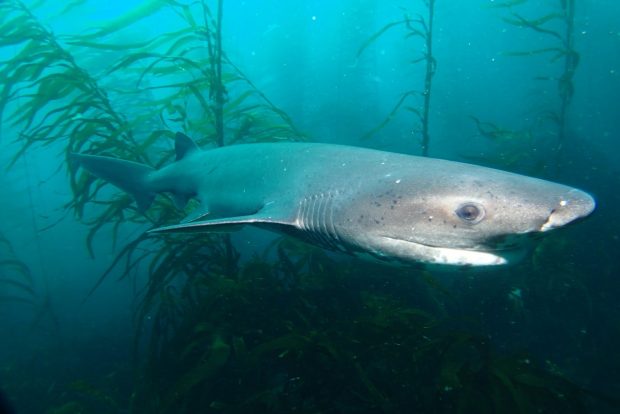
Nor will it be easy in the future. The establishment of the Marine Protection Zone means the loss of some fishing income but, the Island Council has been working with the RSPB, with the latter taking the lead in gathering the support of an international partnership and we’re grateful to them and all the organisations.
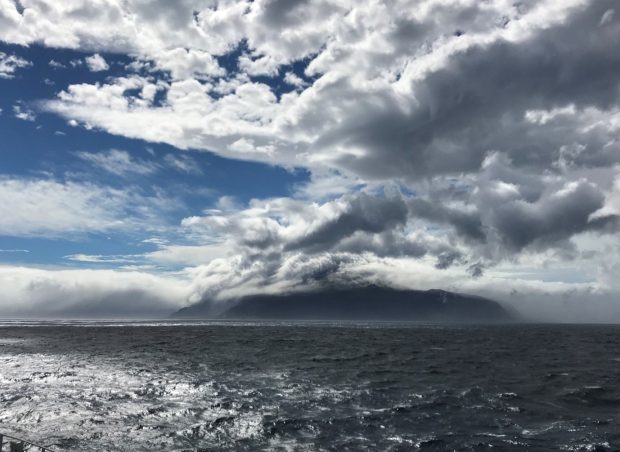
Like any maritime community, Tristan da Cunha has a high respect for the ocean. We were reminded forcefully of the vulnerability of the marine environment only last October, when the MFV Geo Searcher sank off Gough Island. We are still assessing the potential impacts – human, environmental and economic. Thankfully no lives were lost and we will continue to monitor the environmental situation, and prepare for the worst. The ship was also one of the main sources of our supplies from South Africa, so we will need to think too about how to protect those.
The Marine Protection Zone will give us some of the tools we need to preserve a unique way of life, as well as contributing to a more secure future for our blue planet. We are grateful for all support, and are ready for all the challenges ahead.
To find out more about Tristan da Cunha:
To find out more on the Blue Belt programme:
- Read Blue Belt Programme 2016-2020 highlights
- Follow us on Twitter and Facebook
- Visit our GOV.UK website